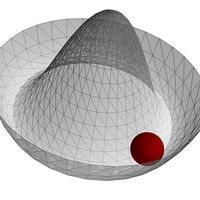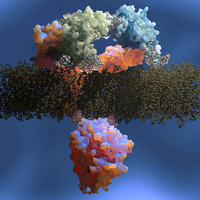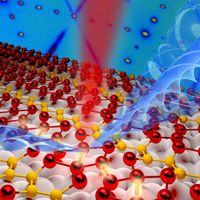SCIENCE DOMAINS
GCS supports a wide variety of scientific disciplines. Whether it is designing new materials and energy technologies, understanding elements on their most fundamental level, or designing next-generation medical treatments, researchers using GCS HPC resources are able to make scientific breakthroughs that only supercomputing can enable.

Astrophysics
Understanding the origins of our universe gives researchers insight into how stars and planets were born. From studying supernovas to modeling large swaths of galaxies, astrophysicists use HPC to help uncover how we came to be, and how elements have spread across the universe.

Computational and Scientific Engineering
HPC technologies have enabled researchers to drastically accelerate research and development in a wide variety of industrial processes. Simulation and modelling allows researchers to shorten their respective times-to-market for new products, while also giving researchers new insights into old technologies related to power generation, air travel, and urban planning, among many other disciplines.

Elementary Particle Physics
HPC technologies have helped researchers reach new frontiers in understanding how our physical world functions on the most fundemental level. Modelling and simulation enable researchers to study subatomic particle interactions in nanosecond detail, allowing for the development of new materials and technologies.

Environment and Energy
As humanity increasingly focuses on developing new, clean ways to power our daily lives, supercomputing enables researchers not only to speed up the development of next-generation energy production, but also to retrofit current methods for power generation to be safer, cleaner, and more efficient. HPC also plays a vital role in modelling how environmental factors will influence the future climate on a regional level, informing decision makers to proactively develop new mitigation strategies.

Life Sciences
While many HPC applications deal with the world around us, researchers are also increasingly turning to HPC to help understand how our bodies work on the most fundamental level. From modelling protein binding with next-generation pharmaceuticals to simulating increasingly large swaths of the human brain or circulatory system, researchers leverage modelling and simulation to work toward a healthier society.

Materials Science and Chemistry
Understanding and being able to manipulate material properties at the atomic level enables new technologies ranging from better batteries and smaller, more efficient computer chips to better methods for generating and moving power. Supercomputing enables researchers to simulate the atomic-scale, nanosecond material interactions that govern a material’s properties, something difficult or impossible without modelling and simulation.